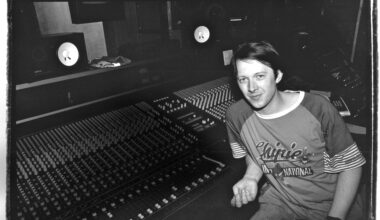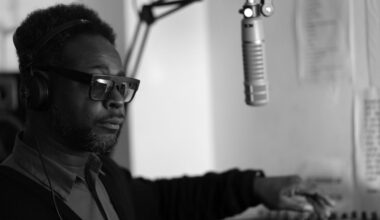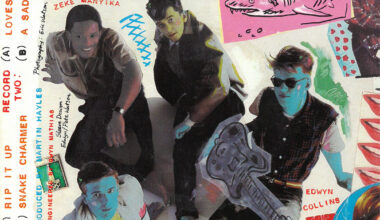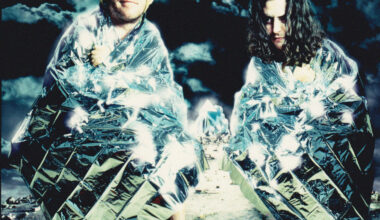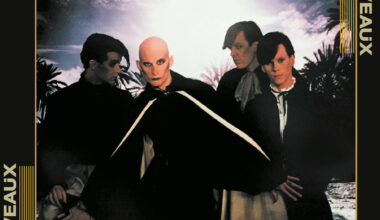Ed Wynne plugs himself into the making of Ozric Tentacles’ 1991 indie dance smash ‘Sploosh’
Want to read more?
Sign up to Electronic Sound Premium to gain access to every post, video, special offers, and more. 100%, all you can eat, no commitment, cancel any time.
Already a premium member? Log in here
